Crinkle Leaf Plant
- March 12, 2024
- 0 comment
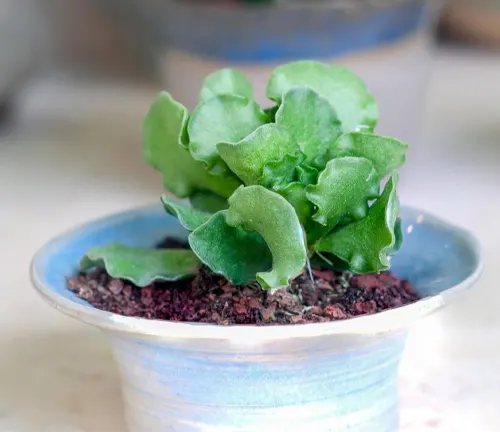
The Crinkle Leaf Plant or as many like to call it, the Adromischus Cristatus, is a special kind of small, but eye-catching, plant that finds its home in the big family of Crassulaceae, which is a group known for their water-storing leaves, making them perfect for dry places. What makes this little plant stand out are its quirky, crinkly leaves that give it a look unlike any other. Coming from the rugged, yet beautiful landscapes of South Africa, it has a knack for catching the eye and winning the hearts of plant lovers everywhere.
This article is your gateway to understanding everything about the Crinkle-Leaf Plant, from what it looks like and where it comes from, to how it manages to play a role in its environment and how we can take care of it to keep its beauty around for years to come. Whether you’re a seasoned gardener or just someone who appreciates the little wonders of nature, something is enchanting about the Crinkle Leaf Plant that we’re excited to share with you. Join us as we explore the unique charm and surprising resilience of this delightful succulent.
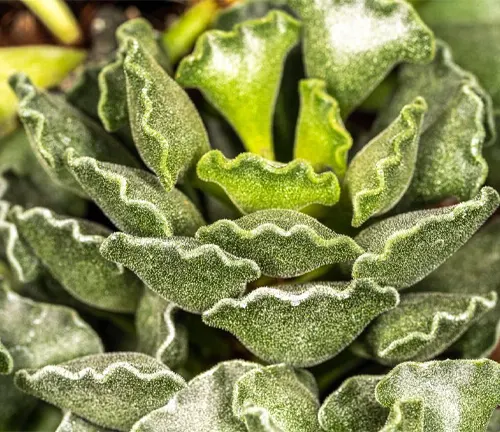
| Characteristics | Description |
| Scientific Name | Adromischus Cristatus |
| Common Names | Crinkle-Leaf Plant, Key Lime Pie |
| Family | Crassulaceae |
| Native Region | Southern Africa, particularly in the Eastern Cape region. |
| Plant Type | Succulent |
| Size | Typically grows to a height of 6-8 inches (15-20 cm). |
| Leaves | Thick, fleshy, and spoon-shaped with undulating or crinkled edges, giving the plant its distinctive appearance. |
| Flowers | Small, tubular, and bell-shaped, varying in color from pale pink to reddish-orange. |
| Propagation | Easily propagated through leaf cuttings and offsets. |
| Drought Tolerance | Highly drought-tolerant, making it an ideal plant for xeriscaping. |
| Cultural Uses | Often used in rock gardens, terrariums, and as a houseplant. |
| Ecological Role | In its native habitat, it provides food and shelter for local wildlife. |
| Notable Species | There are many varieties within the Adromischus genus, each with its unique features. |
| Hardiness Zones | Suitable for USDA hardiness zones 9-11 |
| Growth Rate | Slow to moderate growth rate |
| Lifespan | Can live for several years with proper care |
Botanical Beauty of “Crinkle Leaf Plant”
Woodland Elegance
The “Crinkle Leaf Plant” is adored for its distinct and captivating appearance, attracting the attention of succulent enthusiasts and collectors alike. Its charming, crinkled leaves, often adorned with tiny hairs, create a visually striking display that sets it apart from other succulents. The plant’s compact size and intriguing texture make it an eye-catching addition to any indoor or outdoor collection, adding a touch of natural beauty to its surroundings. Whether displayed alone or as part of a diverse succulent arrangement, the unique beauty of the “Crinkle Leaf Plant” continues to captivate and delight admirers with its remarkable botanical charm.

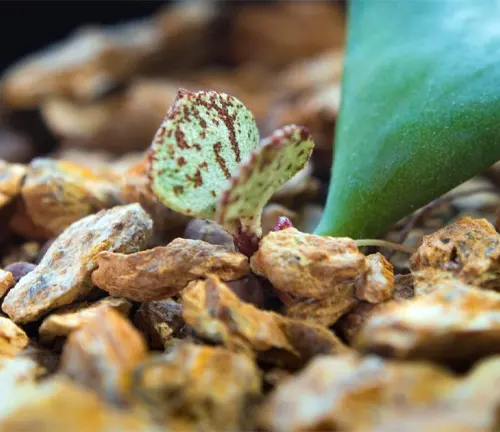
In its natural habitat, the Crinkle Leaf Plant thrives in woodland areas, where it contributes to the aesthetic beauty of these environments. Its unique appearance and ability to adapt to diverse woodland conditions enhance the natural charm of these spaces, adding to the overall biodiversity and ecological balance of the region. As part of the woodland ecosystem, the Crinkle Leaf Plant provides habitat and sustenance for various small creatures, further enriching the delicate balance of this picturesque setting.
Ecological Importance
The Crinkle Leaf Plant plays a crucial role in its native ecosystem by stabilizing the soil and providing a habitat for local wildlife. Its ability to thrive in dry areas makes it an important component of arid environments, where it actively prevents soil erosion and maintains the ecological balance of the region.
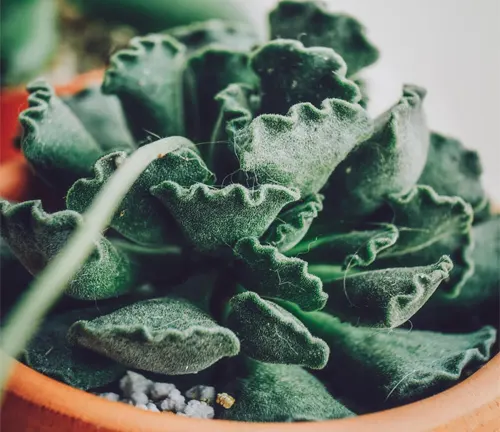
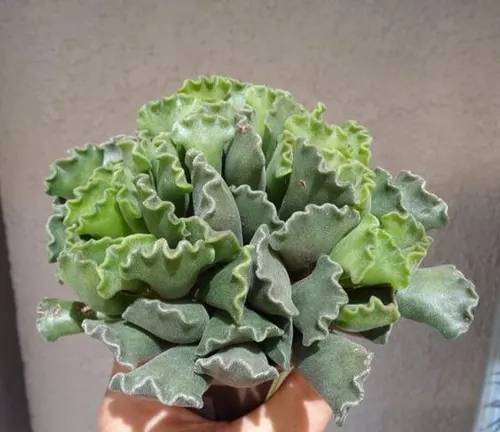
Cultivation and Conservation
Cultivating and conserving the Crinkle Leaf Plant is crucial for maintaining its genetic diversity and safeguarding this unique species from disappearing in its natural habitat. By nurturing and protecting these plants, we can ensure that future generations can also appreciate the beauty and ecological contributions of the Crinkle Leaf Plant.
Fragrance
The Crinkle Leaf Plant, scientifically known as Galax urceolata, may not be renowned for its fragrance, but it is highly valued for its role in soil stabilization. Native to the southeastern United States, this plant’s unique root system plays a crucial role in preventing soil erosion.
Beyond its practical benefits, the Crinkle Leaf Plant also adds to the overall biodiversity and aesthetics of its natural habitat. While it may not boast a distinctive scent, its ecological significance and visual appeal make it a valuable component of its native ecosystems.
Soil Stabilization
The Crinkle Leaf Plant, also known as Galax urceolata, plays a vital role in soil stabilization within its native habitat. Its extensive and interconnected root system acts as a natural binder, effectively anchoring the soil and mitigating erosion. By preventing soil movement, this plant contributes to the overall health of the ecosystem by maintaining the integrity of the soil structure and supporting the growth of neighboring vegetation.
The intricate network of roots not only aids in stabilizing the soil but also facilitates nutrient cycling and water retention, creating a conducive environment for the flourishing of diverse plant species. In essence, the Crinkle Leaf Plant serves as a cornerstone for ecological balance and sustainability through its remarkable soil stabilization capabilities.
Common Uses
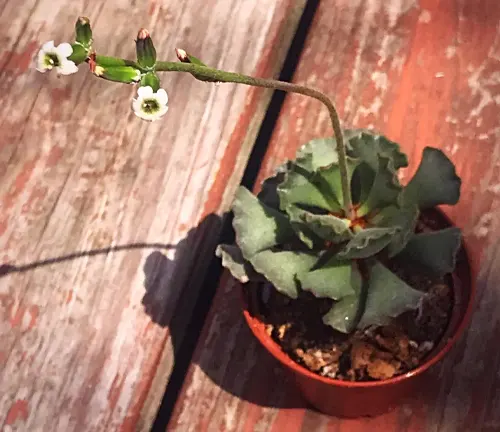

The Crinkle Leaf Plant is widely loved for its versatility. It is a popular choice for rock gardens, where its unique appearance adds visual interest. Additionally, it thrives as a container plant, making it a great option for decorating patios, balconies, and indoor spaces. Its resilient nature and minimal care needs also make it an excellent choice for offices and homes, bringing a touch of nature to any environment without demanding extensive attention. Furthermore, its compatibility with succulent arrangements further expands its decorative possibilities, showcasing its adaptability and appeal in various settings.
Benefits
In addition to its charming appearance, the Crinkle Leaf Plant is thought to have air-purifying properties, enhancing the quality of the air in its surroundings. This makes it a valuable addition to indoor spaces, where it can contribute to a healthier and more pleasant environment.
Furthermore, its low water requirements make it an eco-friendly option for gardeners who are mindful of water conservation. By thriving in arid conditions and requiring minimal watering, the Crinkle Leaf Plant presents a sustainable choice, reducing water usage and promoting environmental stewardship in garden settings.
Different Species
Adromischus Maculatus (Calico Hearts)
Adromischus Maculatus, also known as Calico Hearts, is characterized by its flat, round leaves that are olive green with reddish-brown spots. The leaves have a slightly thicker texture and a smooth, waxy surface, adding to the plant’s distinctive look.
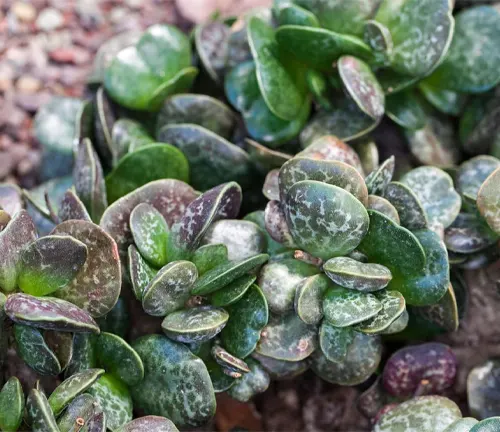

Adromischus Cooperi
Adromischus Cooperi is known for its long, chubby leaves that are light green and can turn slightly pink when they get sunlight. Additionally, these leaves have delicate hairs covering them, adding to the plant’s unique appearance.
Adromischus Marianiae
Known for its highly variable leaf shapes and colors, ranging from green to reddish-brown, often with interesting markings or textures. This species has several subspecies and varieties, each with unique characteristics.


Adromischus Trigynus
Adromischus Trigynus is recognized by its small, round, and slightly flattened leaves that tightly cluster around the stem. These leaves are green and have a smooth texture, contributing to the plant’s unique and appealing appearance.
Adromischus Filicaulis
It features slender, cylindrical leaves that are green, sometimes with a red tint. The leaves are attached to elongated stems, giving the plant a delicate appearance.
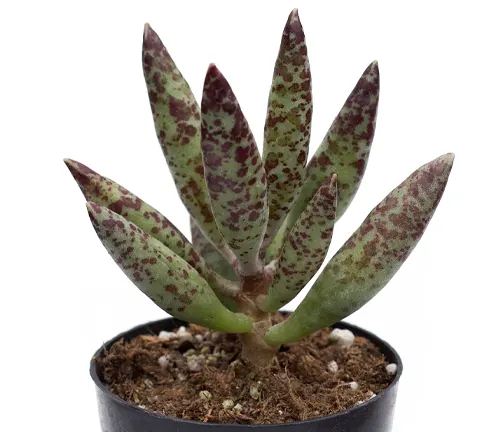
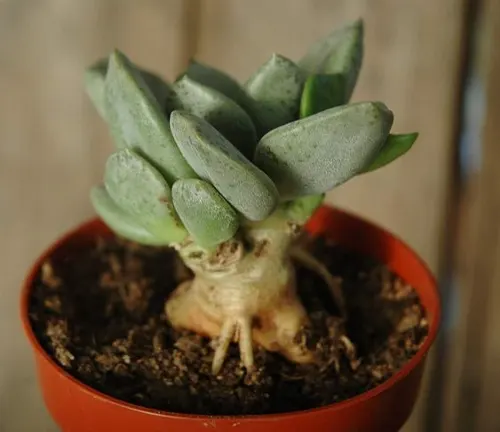
Adromischus Schuldtianus
Recognized by its thick, oval to nearly round leaves that come in shades of green or grey, often with red or purple spots. The leaves have a distinctively smooth and shiny texture.
Adromischus Alstonii
Adromischus Alstonii features small, dense rosettes of thick, egg-shaped leaves that are grey-green in color. When exposed to enough light, the leaves may develop red edges, adding to the plant’s visual charm.
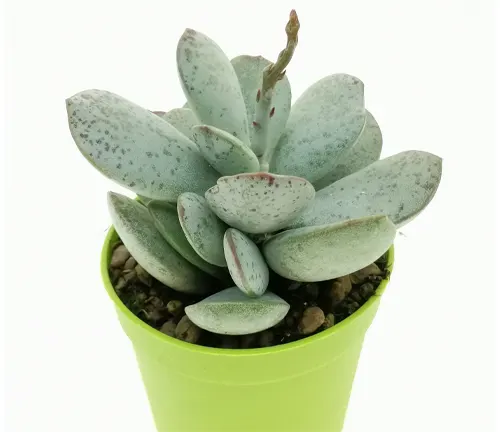
Frequently Asked Questions (FAQs)
- What is the Crinkle Leaf Plant’s scientific name?
The scientific name of the Crinkle Leaf Plant is Adromischus Cristatus. - Where is the Crinkle Leaf Plant native to?
The Crinkle Leaf Plant is native to Southern Africa, particularly in the Eastern Cape region. - How big does the Crinkle Leaf Plant grow?
Typically, it grows to a height of 6-8 inches (15-20 cm), making it a compact plant ideal for small spaces. - How is the Crinkle Leaf Plant propagated?
The Crinkle Leaf Plant is easily propagated through leaf cuttings and offsets. - In which hardiness zones does the Crinkle Leaf Plant thrive?
The Crinkle Leaf Plant is suitable for USDA hardiness zones 9-11. - What is the lifespan of the Crinkle Leaf Plant?
With proper care, the Crinkle Leaf Plant can live for several years. - What ecological role does the Crinkle Leaf Plant play in its native habitat?
In its native habitat, the Crinkle Leaf Plant provides food and shelter for local wildlife and contributes to soil stabilization. - What are the notable species within the Adromischus genus?
Notable species within the Adromischus genus include Adromischus Maculatus, Adromischus Cooperi, Adromischus Marianiae, Adromischus Trigynus, Adromischus Filicaulis, Adromischus Schuldtianus and Adromischus Alstonii. - What are the common uses of the Crinkle Leaf Plant?
The Crinkle Leaf Plant is often used in rock gardens, terrariums, and as a houseplant due to its versatility and charming appearance. - What are the benefits of having a Crinkle Leaf Plant?
The Crinkle Leaf Plant is thought to have air-purifying properties and requires minimal water, making it a sustainable and eco-friendly choice for indoor and outdoor spaces.


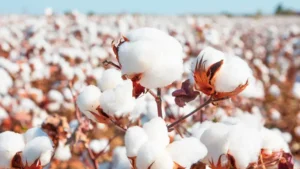

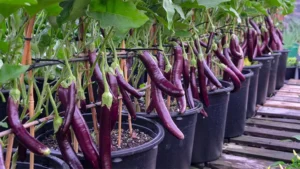
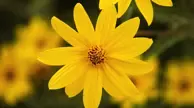
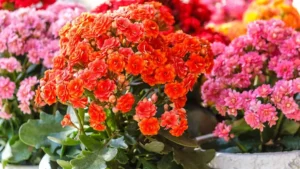


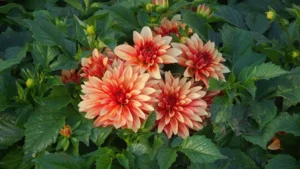
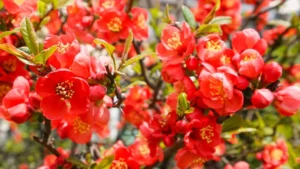
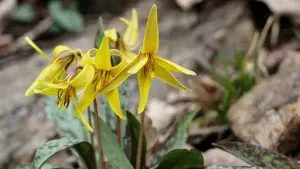
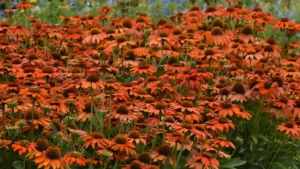

Leave your comment